Emotional trauma changes how the world feels inside your body and mind. It can arrive as a single shocking event or as a slow accumulation of hurts, neglect, and fear. The nervous system learns to stay on guard, sleep breaks into fragments, relationships feel confusing, and the future can seem small. Healing is possible. It does not erase what happened, yet it can restore a sense of safety, choice, and connection. This article offers a compassionate roadmap that blends psychology with everyday practice so you can move from surviving to living.
What Emotional Trauma Is, and What It Is Not
Emotional trauma is not weakness or overreaction. It is your body and mind doing their best to protect you after experiences that overwhelmed your capacity to cope. Those experiences can include abuse, betrayal, rejection, humiliation, bullying, medical crises, accidents, disasters, discrimination, and deep losses. In childhood, repeated stress without consistent comfort can shape a nervous system that expects danger. In adulthood, a single event can shock you out of your usual sense of safety.
You might notice anxiety, irritability, numbness, guilt, or sadness. You might avoid reminders of what happened or feel pulled to relive them. Concentration can be hard, muscles can ache, digestion can be unsettled, and sleep can feel fragile. These are not personal failures. They are predictable aftershocks of how the stress response works. Knowing this helps remove shame, which is one of the biggest barriers to recovery.
The Body Remembers, and It Can Learn Something New
When the brain senses threat, the sympathetic nervous system pushes you into action. Heart rate climbs, breathing becomes shallow, and energy shifts to muscles. The parasympathetic system, which supports rest and repair, withdraws. If threat becomes frequent or unpredictable, your body tries to help by staying alert. Helpful in the moment, costly over time.
Healing asks your body to learn a different default. You train a steadier breath, you practice noticing sensations without bracing, you give your mind anchors in the present, and you rebuild trust with people who are safe. The aim is not to banish every strong feeling. The aim is a wider window of tolerance, where you can feel without being flooded and rest without feeling collapsed.
Safety First, Always
Recovery starts with safety. If you are currently in danger, reach out for immediate help through local services, trusted people, or a crisis line in your country. If the danger is past but your body still reacts as if it is present, safety becomes a daily practice. Create predictable routines. Eat at regular times, sleep on a schedule, step into morning light, and move your body. Reduce chaos where you can. Keep important items in consistent places. Choose a few people who feel trustworthy and let them know what helps when you are overwhelmed. Safety is not an idea, it is a rhythm the body can feel.
Stabilization, Processing, and Integration
Many clinicians describe healing in three broad phases. These phases often overlap, and you can move back and forth among them.
Stabilization is the phase where you build skills to manage symptoms. You learn to calm the body, to ground attention, to set boundaries, and to ask for help. You use structure to reduce overwhelm.
Processing is where you revisit memories or themes in a way that is tolerable and guided. This might happen through therapies designed for trauma, such as EMDR, trauma focused cognitive therapy, or somatic approaches that include the body in careful ways. You do this work only when you have enough stability to recover afterward.
Integration is where the story of what happened fits into a larger story about your life. The past is still real, yet it no longer dictates your identity or your daily choices. Meaning, connection, and agency grow here.
Building a Daily Grounding Practice
Grounding creates a bridge from distress to the present moment. Choose one or two simple practices and repeat them every day, even when you feel alright. Repetition teaches your nervous system what to do under stress.
A slow breath practice helps many people. Inhale through the nose for four counts, exhale for six counts, repeat for two to five minutes. If that ratio feels tight, try three in and four out. Longer exhalations signal safety to your body.
A sensory reset can break worry loops. Name five things you can see, four things you can feel with touch, three things you can hear, two things you can smell, and one thing you can taste. Move at a measured pace. When your mind wanders, guide it back with kindness.
A brief body scan builds tolerance for sensation. Sit or lie down and place attention on the soles of your feet for three slow breaths. Move to your seat and hips for three breaths, then to hands, jaw, and eyes. If a spot feels tight, meet it with curiosity rather than force. This keeps you in touch with your body without being swallowed by it.
Sleep as a Pillar of Recovery
Trauma unsettles sleep through hyperarousal and nightmares. Sleep improves slowly because it depends on rhythm and repetition. Choose consistent times to wind down and wake. Dim lights in the evening and reduce screens. Keep your bedroom cool and as dark as you can. Create a short sequence that repeats every night, such as a warm shower, a light stretch, and five minutes of slow breathing or prayer. If nightmares visit often, talk with a clinician about image rehearsal therapy, which helps many people reshape dream patterns. Remember that even a small improvement, such as falling asleep ten minutes sooner, is evidence of progress.
Food, Movement, and the Quiet Chemistry of Healing
Your body heals with what you give it. You do not need a perfect diet to recover. Focus on steady energy rather than strict rules. Include vegetables or fruit at most meals, add quality protein for satiety, choose intact grains or beans for fiber, and drink enough water. These choices reduce inflammatory load and stabilize blood sugar, which supports mood and attention.
Movement teaches your nervous system that energy can flow without danger. Start small so your body experiences movement as safe. Mindful walking, gentle strength work, yoga with a trauma sensitive approach, tai chi, or light cycling all help. If breathlessness triggers fear, move slowly and focus on long exhales. Two to three sessions per week can change how you sleep and how quickly you recover from stress.
Working With a Trauma Informed Therapist
Therapy is not a requirement for every person, yet it can shorten the path and reduce loneliness. When meeting a therapist, ask how they approach trauma and how they support choice and pacing. You can decide together whether techniques like EMDR, narrative work, or somatic practices fit your needs. Good therapy will never rush you, punish you for avoiding certain topics, or ignore your consent. Expect your therapist to explain what they suggest before doing it and to welcome your feedback. Your relationship with the therapist is part of the healing because it gives your nervous system a new experience of being heard and respected.
The Role of Relationships
Trauma can shake trust and create isolation. Healing happens in relationships as much as within your own mind. Identify a few people who are safe, even if you only share a little at first. Practice telling the truth about how you feel in small ways. You might say that you are having a hard day and you would like company or that you need quiet and you will call tomorrow. Safe people will not force you to talk or fix you. They will sit with you, bring steadiness, and keep your confidence.
If your history includes family patterns that still harm you, boundaries become part of healing. A boundary is not a punishment, it is a clear limit that protects your energy. Begin with simple statements such as I am not available to discuss that topic or I will visit for one hour and then leave. Boundaries can be uncomfortable at first, especially if you are used to pleasing others to stay safe. Discomfort does not mean you are wrong. It means you are learning a new skill.
Making Meaning Without Blame
Many people find that healing deepens when they revisit beliefs about themselves and the world. Shame often says that the trauma was your fault or that you should have prevented it. Compassion offers a different lens. You acted with the tools and options available at the time. Now you have more tools, more support, and more choice. Meaning can come from service, creativity, spiritual practice, or simply from living with integrity in daily tasks. You do not need a perfect explanation for the past to live a good life now.
If spirituality is part of your world, you may want a faith leader or spiritual director who respects mental health care. Some people need to disentangle harmful messages from the heart of their tradition. Others find that prayer, sacred reading, and service restore a sense of belonging and hope. Either path is valid if it moves you toward kindness and away from shame.
Handling Triggers With Skill
Triggers are reminders that pull the body back toward past danger. They might be smells, dates, words, or places. You cannot control all triggers, but you can change how you meet them. First, notice the early signs that you are being triggered. Perhaps your shoulders lift, your jaw tightens, or your breath becomes shallow. When you catch those signs early, pause. Place your feet on the floor, lengthen your exhale for a minute, and orient to the room by looking at three stable objects. If possible, step into fresh air or change posture. If the trigger is a person or topic, use a pre planned sentence to exit the situation politely. Later, write down what happened, what helped, and what you want to try next time. This turns triggers into training sessions rather than proof that you are stuck.
Grief, Anger, and Forgiveness
Healing from trauma often includes grief. You might grieve lost time, lost innocence, lost opportunities, or lost relationships. Let grief move at its own pace. Tears, quiet sadness, and fatigue are not setbacks. They are part of metabolizing what happened. Anger is also common. Anger can protect you and alert you to injustice. It becomes harmful when it burns without direction. Channel it into boundary setting, into advocacy, or into physical movement that burns off stress.
Forgiveness is a personal choice and a complicated one. It does not mean forgetting, excusing, or reconciling with someone who is unsafe. It can mean releasing the hope that the past will be different and choosing to invest your energy in the life you are building now. If forgiveness helps you move, it may be worth exploring. If the word itself is loaded, set it aside and focus on freedom and protection instead.
Relapse is a Phase, Not a Verdict
Progress rarely follows a straight line. Certain seasons, anniversaries, or stresses can bring back symptoms you thought were gone. This does not erase your gains. It simply means your system needs extra support. Create a plan for those times. Keep a small card in your wallet or phone with three steps: one grounding practice, one person to call, and one safe activity that always helps. When you use your plan, you shorten the time between being overwhelmed and feeling steady again. Each cycle builds confidence.
Tracking Progress Without Pressure
It is hard to notice change from the inside, especially when you are tired. Use simple markers. How quickly do you return to baseline after a trigger. How well do you sleep compared to last month. How often do you reach out to safe people. How many days per week do you practice breath, movement, or journaling. Keep a short log with one or two lines per day. Review every few weeks and celebrate concrete shifts, even small ones. Progress can look like answering a message that you would have avoided or being able to sit through a meeting without dissociating. These are victories.
Helping Children and Teens Heal
If you are supporting a young person, safety and routine are the foundation. Predictable schedules, regular meals, warm attention, and clear but kind boundaries help a child feel held. Invite feelings with simple language and short conversations. Play, drawing, and movement often speak more clearly than long talks. Avoid pressing for details. Offer choices to restore a sense of control. Work with school staff when possible so the child has consistent support. Trauma focused therapies for children can be very effective and can include caregivers in the process.
When to Seek More Help
If symptoms interfere with daily life for more than a few weeks, or if you experience thoughts of harming yourself, reach out to a professional now. There is no prize for waiting. Treatment can include therapy, medication, support groups, and practical assistance. If your basic needs are unmet, such as housing, food, or safety at home, community resources are part of mental health care. Recovery becomes possible when the ground beneath you is stable.
A Short Practice You Can Start Today
Find a quiet corner or a comfortable chair. Place both feet on the floor and rest your hands on your thighs. Inhale gently through the nose for four counts, exhale for six. Repeat for one minute. Look around and name, silently or aloud, three things you can see, two things you can hear, and one thing you can touch. Place a hand on your chest and say to yourself, this is hard, and I can be kind. Choose one small next step, such as sending a message to a friend, stepping outside for light, or planning a simple meal. This is a seed of healing. Plant it again tomorrow.
Bringing It All Together
Healing from emotional trauma is a patient, practical process. It honors the injury and teaches the body and mind how to live beyond it. You build safety through routine, calm through breath and movement, clarity through therapy and reflection, and strength through relationships that respect your boundaries. You learn to meet triggers with skill, to grieve without drowning, and to use your energy for a life that fits your values. Nothing about this path requires perfection. It asks only that you return, gently and consistently, to what helps. With time, the nervous system loosens its grip, sleep deepens, laughter feels possible again, and hope becomes something you can feel in your chest, steady and real.







Leave a Reply